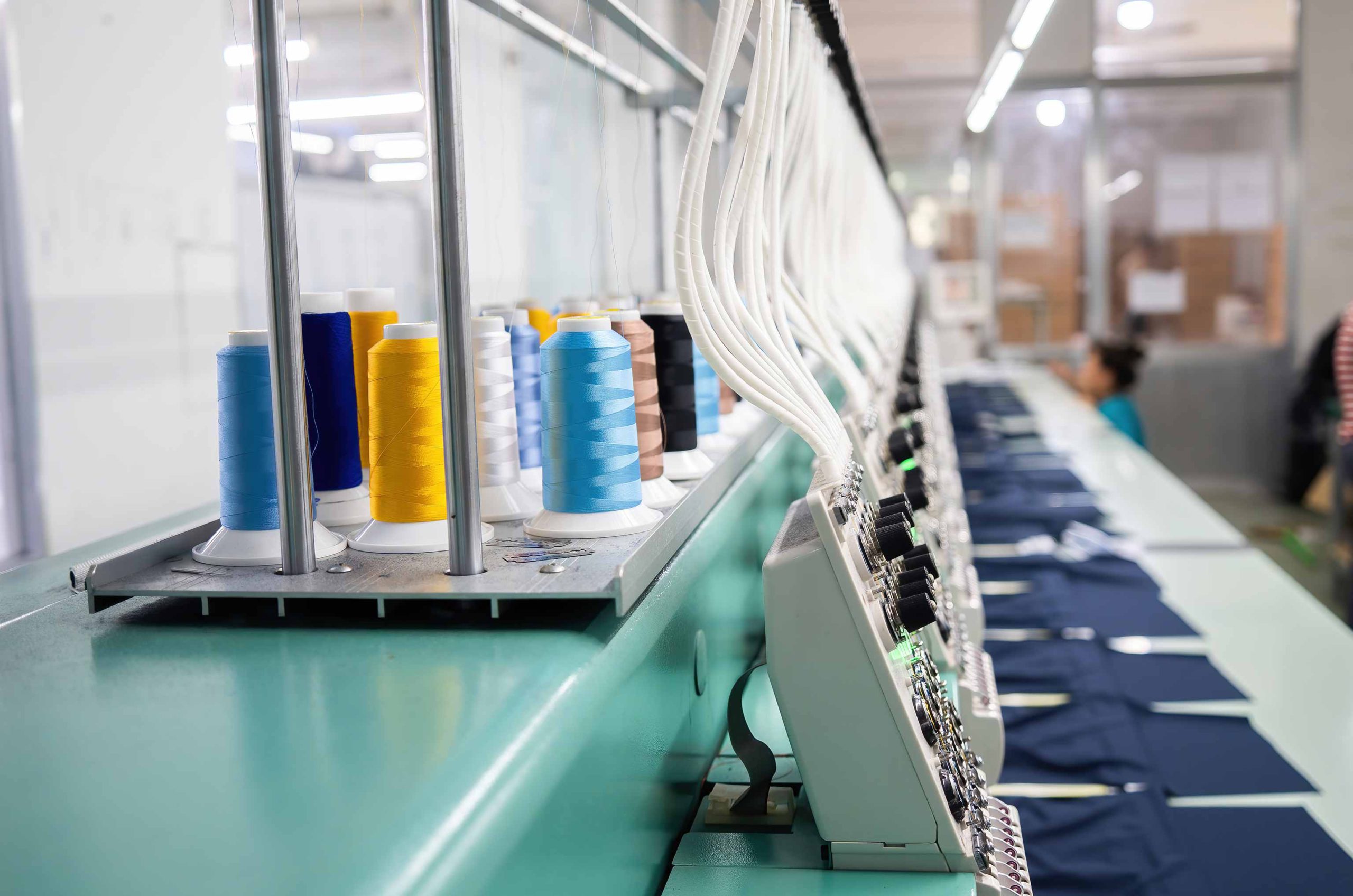9 ways fast fashion harms the environment and society at large
-
Introduction
Fast fashion is the term given to the production and consumption of clothing that is designed and manufactured super quickly, and sold at a relatively low price. It’s meant to be a quick turnaround (usually a few weeks or less) from design to delivery of new styles, allowing consumers to keep up with the latest trends.
Where a regular fashion brand would launch 2 to 4 collections per year, fast fashion brands can release anywhere from 12 to 24 collections in a year. Fast fashion has developed into a multi-billion-dollar industry posting an estimated annual revenue of $25.09 billion in 2020, with an annual expected growth rate of 21.9%.
While it’s often seen as a positive thing for consumers who want to stay on top of trends, fast fashion has also been criticized for its impact on society and the environment. The production process behind fast fashion is heavily reliant on exploitation of labor, opaque production practices and synthetic materials and dyes that can’t be recycled easily.
So, let’s dig deep into the environmental and social impact of fast fashion brands.
-
The environmental toll of fast fashion
Water – Due to poor waste management by the textile industry, 20% of industrial water pollution results from textile treatment and dyes. This water is directly dumped into rivers without any treatment. Certain metals, such as lead and mercury, are released into the river through this process, which is harmful to both aquatic life and humans living along riverbanks.
At the same time, fashion brands are responsible for a large share of global freshwater consumption. While nearly 3.6 billion face the risk of water scarcity, the fashion industry has one of the highest consumption levels, with 200 tons of freshwater needed to dye and finish just one ton of fabric. All this adds up to a significant pressure on water resources.
Microfibers – Microfibers from synthetic clothing are a threat to the environment, entering the food chain and causing problems for aquatic animals. For example, when we wash our clothes, a small number of microfibers are released into the water. In total, 19000 tons of textile microplastic fibers reach the ocean every year.
Microplastics have been found in the digestive systems of numerous marine animals. Through this process, plastics move through the food chain, eventually affecting humans.
Waste Accumulation – Fast fashion produces numerous collections in a short time, which means more and more clothes are thrown away. In developed countries, each family throws away nearly 30 kilograms of clothing every year on average. Only 15% of this gets recycled, while the rest is dumped or burned.
Most of these garments are made of synthetic fibers, which take about 200 years to decompose. When we dispose of these garments, they end up in landfills and pollute the land. Burning them for energy will only harm the air we breathe.
Greenhouse Emission – The fashion industry emits large amounts of greenhouse gases during the production, manufacturing and transportation of garments. It contributes to around 10% of total carbon emissions.
On average, around 23 kg of greenhouse gases are produced for each kilo of fabric produced. Fast fashion brands are the worst offenders, producing the most emissions due to their extreme rate of production. The situation is especially dire in developing countries, where factories use coal for energy, the highest contributor to carbon emissions.
Soil Degradation – Soil degradation refers to the declining quality of soil as a result of improper management during industrial or agricultural processes. Fast-fashion brands play a major role in degrading the quality of soil through various means, including overgrazing in pastures for sheep wool production and massive amounts of chemicals used in cotton farming. Additionally, large rainforests are cut down to plant trees used in the production of wood-based textiles.
Toxins – Textiles are produced using a variety of chemicals in different stages, including washing, bleaching, dyeing, mercerizing, printing, and finishing. If not handled safely, these chemicals in textile production damage the environment as well as the health of workers and consumers.
As per Greenpeace Detox Campaign, 11 chemicals commonly seen in garment production can lead to premature death of factory workers as well as degradation of soil and water bodies. Additionally, sometimes these chemicals also cause skin problems, cancer and hormone disruption for consumers.
-
The negative social impact of fast fashion
The impact of fast fashion on the environment may be well known, but its impact on society is even worse. Many fast fashion manufacturing facilities are in regions where laws regarding workers’ rights are laxer and harder to regulate. As a result, brands are able to employ millions of workers who have no choice but to work in unsafe conditions for less pay than they deserve.
Furthermore, it is not uncommon for employees to be forced to work 14-16 hours per day, seven days a week, without overtime pay. These working conditions violate human rights and thus pose an ethical issue for all parties involved.
Other than low wages and long hours, workers’ safety is often not a priority in this industry. The 2013 Rana Plaza disaster, in which 1134 workers died, revealed the poor working conditions of people employed by the fashion industry. Workers face accidental hazards like burns, puncture wounds from sewing machines; chemical hazards like allergies and inhaling fiber dust; and psychological hazards due to abuse from supervisors and a depressing work environment.
-
At The End
Despite the negative impact of fast fashion on the environment and society, there are ways in which consumers and brands can limit the damage.
Consumers can take steps to buy clothing from brands that are environmentally conscious and pay fair wages to their workers. Meanwhile, these companies can make changes to their manufacturing processes and supplier policies in order to reduce the harmful impact of fast fashion.
The key lies in the creation of sustainable products that are produced in ethical conditions.










